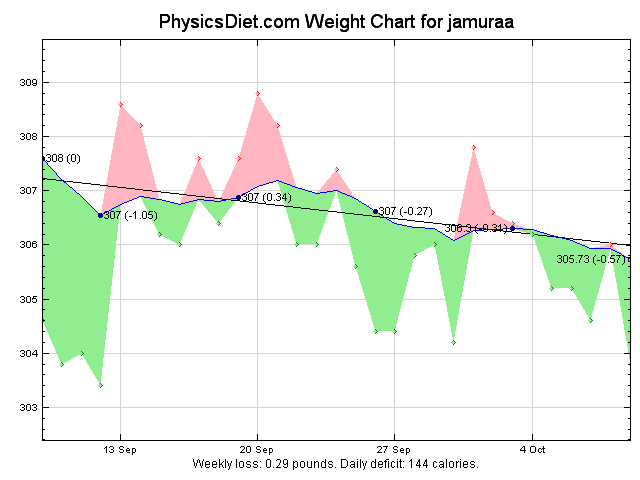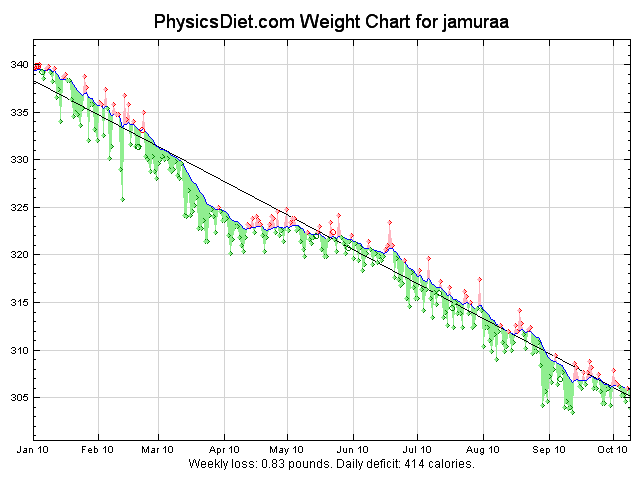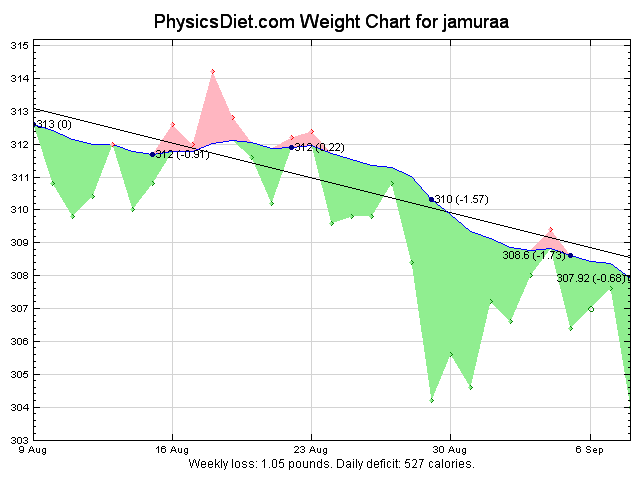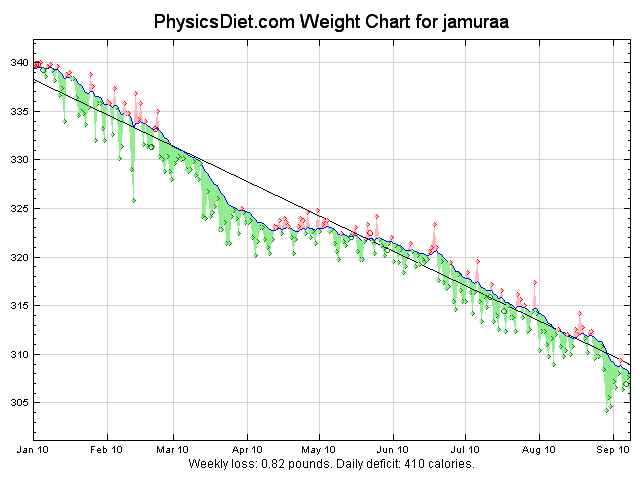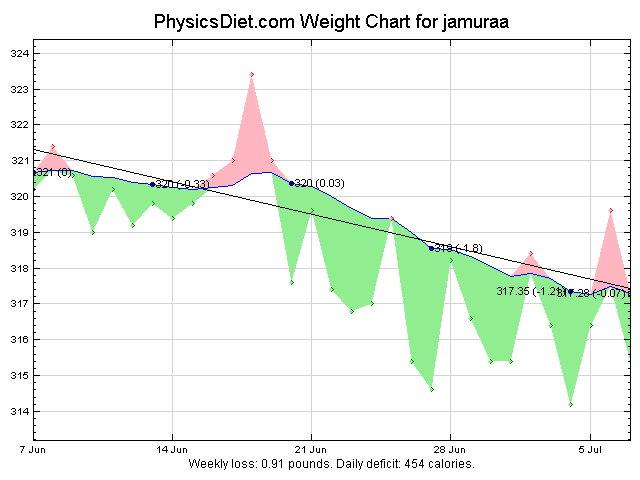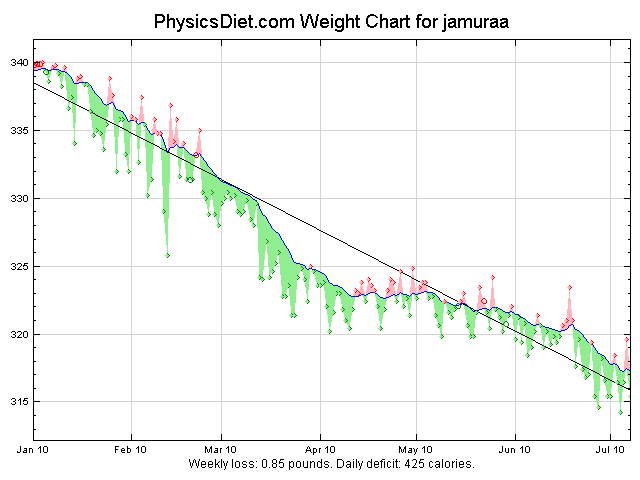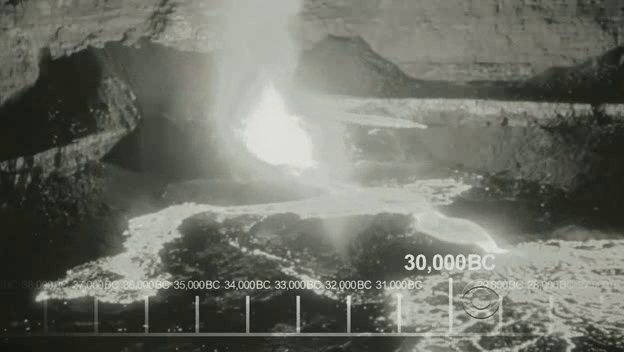The New Macbook Air and My Alternative
I was actively avoiding watching the “Back to the Mac” event that happened recently, because I usually end up being non-productive when it is going around. Apparently that was a good thing, because the event was super long and was boring for me until the end part. I’m not interested in the Lion stuff because I don’t run OS X anymore - and I didn’t run it even when my MacBook was working. At the end there was some new hardware though, which was very interesting to me.
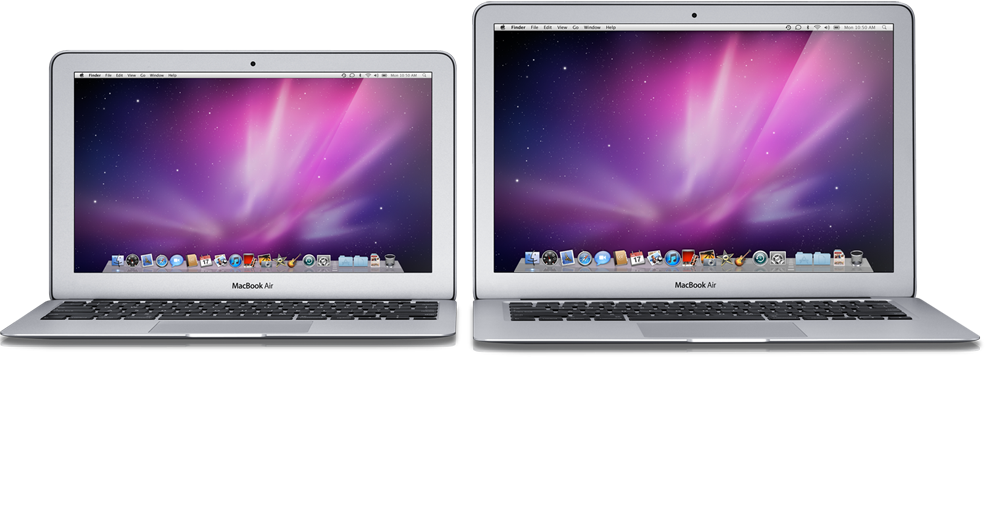
New Macbook Air line is very interesting because usually Apple has excellent build quality. On the face of it, they are netbooks which are built by Apple. 11 inches and 13 inches, with a SSD hard drive but otherwise normal hardware for a netbook of that size, including a Core 2 Duo processor. Camera and USB ports, but as a trusty netbook it has no DVD drive, and only USB ports. They are super light, starting at 2.3 lbs. These are all great things, but they are basic things that you would get in any mid-range netbook. Unibody design is a little less common, most of the netbooks are made of plastic now.
It’s not all rainbows and lollypops though. The battery is sealed in the compartment, not user replacable. This might not be such a downside nowadays, since most users won’t be replacing the battery anyway and the previous iteration of Apple laptops didn’t have replacable batteries either. It’s still nice to have the option though, and all of the other netbook manufacturers seem to have figured out how to make the removable battery work. Also, because the SSD isn’t in the shape of a normal hard drive (in order to save space, Apple says), you can’t replace it with something larger on a whim, but you will need to purchase special parts which will of course be more expensive than the normal SSD cost when the price goes down (and it is heading down in that direction quickly). Then of course there is the Apple tax on hardware, meaning that you will pay at a minimum $1000 for the cheapest 11” model, and more for the larger. That kills the whole thing for me. I understand that Apple needs to differentiate and doesn’t want to cannibalize from it’s $500 iPad, but it is just too expensive, and I’ll tell you just how I know that.
I bought the perfect netbook which rivals and surpasses the new Macbook Air, and I did it almost half a year ago. I bought an ASUS UL30VT-A1, which is a 13.3” netbook. My modified version has specs to rival the Macbook Air:
| Thing | UL30VT-A1 | Macbook Air |
|---|---|---|
| Screen Size | 13.3” | 13.3” |
| Processor | Core 2 Duo 1.3GHz | Core 2 Duo 1.8GHz |
| Hard Drive | 128GB SSD | 128GB SSD |
| RAM | 4GB | 2GB |
| Weight | < 3.7 pounds | 2.9 pounds |
| USB Ports | 3 | 2 |
| Graphics | NVidia G210M + Intel GMA 4500MHD (switchable) | NVidia 320M |
| Battery Life | 11 hours | 7 hours |
| Total Price | $1035 ($706 + $329) | $1299 |
It’s a little hard to believe that I bought this computer five months ago, and it beats or matches the Macbook Air in all of the categories except for the processor and the weight. It came in at $200 less total cost, and I have an extra 500GB 2.5” drive sitting around that’s nice and useful with a cheap enclosure. The UL30VT also has a HDMI out and a VGA out instead of one of those idiotic mini displayport connectors that noone except for Apple uses. With the VGA and HDMI I can connect it to any presentation system on the planet without needing to remember an adapter at all. The double memory is also very nice. I don’t mind the less than a pound of extra weight. The processor is not as big of a deal as you would think, usually you aren’t processor bound when you’re using your computer, you’re memory bound or disk bound. I don’t know the specs on the SSD that Apple has included, but the one that I have in my laptop is a performance one and it lets me go from totally off to a graphical login in about 15 seconds, including the 5 second wait at GRUB for it to timeout. It also came with a copy of Windows but I’m not using that of course and just running Debian on the thing. I can vouch for the 11 hours of claimed battery life, as I’ve gotten about that amount while off of a battery and actually working on the machine. You can’t be recompiling a kernel or anything, but if you dim the screen and aren’t too crazy with the processor I easily get 11 hours out of the thing. It has a long enough battery life that unless I’m leaving for a very long time, I don’t even put it to sleep, just opting to close the lid - even if it’s not plugged in. Oh, and it has a removable battery so if I wanted to be off the grid for a whole day I could easily just get another one to swap out.
Everyone is raving about how fast it boots and how fast programs run, but I’ve been having that experience for about half a year now and while I can say yes it is a great experience it is definitely easy to get with a PC that you can get for a cheap. I would recommend the option that I took to anyone - the machine that I ended up getting is great for everything that I have wanted to do on it, including games and flash video, 1080p videos from disk and even simulations I’ve ran for my thesis work.

